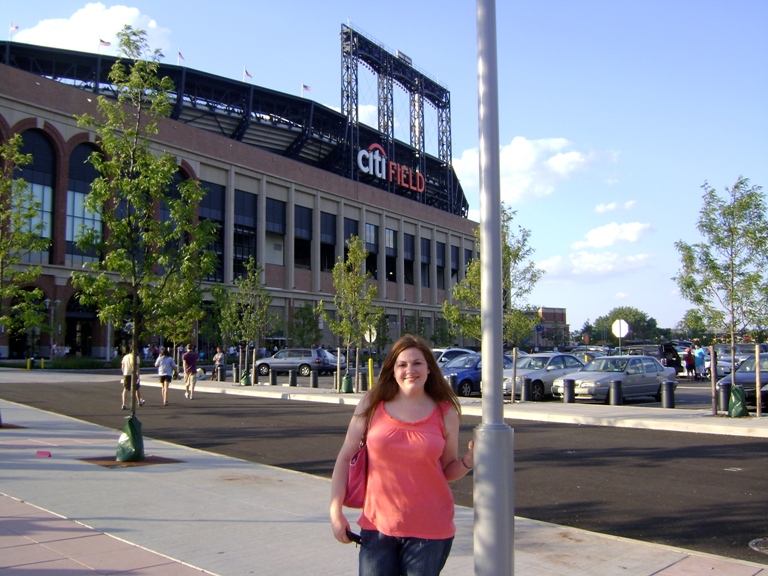Now it's time to secure a publisher. I had an agent and a manuscript (MS) suitable for submission to publishing houses. Now, we needed to find the best house to publish The Lonely Hearts Club. The agent determines which editors at which houses would be the best fit for a MS. For example, if an editor prefers picture books or non-fiction, they probably wouldn’t be receptive to a young adult novel about a girl who gives up dating boys. My MS was then delivered to my agent's list of editors at various publishers. My agent told me that if I didn’t hear anything from her, it meant that there was no news. There isn’t a standard amount of time in which you should expect a response from publishers. So, I vowed that I wouldn’t get stressed out until three months had passed. Luckily, I didn’t have to wait that long (although I freely admit to getting stressed after a couple of weeks). Some publishers flat out declined the book (either it didn’t fit with their list or the publisher had too many similar books…or they thought it was crap, but they don’t really say that), and others would be interested if changes were made (like making it for a younger audience). Still, some liked it and were moving forward with it in-house.
If an editor likes your MS, it doesn’t necessary mean that the publishing house will publish your book. The editor must pitch the book to the other departments in-house: management, marketing, publicity, sales, etc. Consequently, there are many different ways your book can be rejected (just like dating!). However, you want a passionate publisher who will do the best job possible for your book. To get that, you need every department on board. Sales will pitch your books to accounts - their enthusiasm will get the booksellers excited (VERY important!). Marketing and publicity [who, by the way, are extremely good-looking people ;)] need to feel they can properly promote your book – is there a special angle to highlight or key demographic market for your book? Sales gets the books into the bookstores while marketing and publicity informs the public, getting them eager to purchase your book.
My first official offer (meaning a publisher said, “We want to publish your book.”) occurred when I was in Wisconsin for my brother’s wedding last summer. Much screaming and jumping up and down ensued. The Lonely Hearts Club would be published! My agent returned to the other houses who had yet to submit a response and then we chose to go with Scholastic. It took about six weeks from when the MS was sent out to our first official offer.
Here's a funny story about when I got my offer. At that point, I hadn’t told many people that I had been writing a book. For the four of you who have read my previous Behind the Book blogs, you know that it took me years to write LHC because I had to take big breaks due to my job. I felt certain it would be a long process, so I thought it would be best to wait until I knew whether it would be published before I told many people about it.
This meant that my parents didn’t know that I had written a book. So, the day after my brother’s wedding, I sat down with my parents to share the news. The conversation went something like this:
ME: So, I have some news… I wrote a book.
MOM: YOU WROTE A BOOK?
ME: Yes, and my agent has been shopping it.
MOM: YOU HAVE AN AGENT?
ME: Yes, and we just got an offer.
MOM: YOU GOT AN OFFER?
ME: Yes, so I’m going to be a published author.
MOM: YOU WROTE A BOOK?
Needless to say, they were a little shocked. I’m not known for being subtle (or quiet) so the fact that I could keep a secret like that was probably the bigger shock.
The Lonely Hearts Club now had a home with Scholastic. After years of work, I bet you thought I was finally ready for publication. Ha, slow down there, bub. I was just getting started. Next comes the editing, in Behind the Book, Part 4…coming soon!


